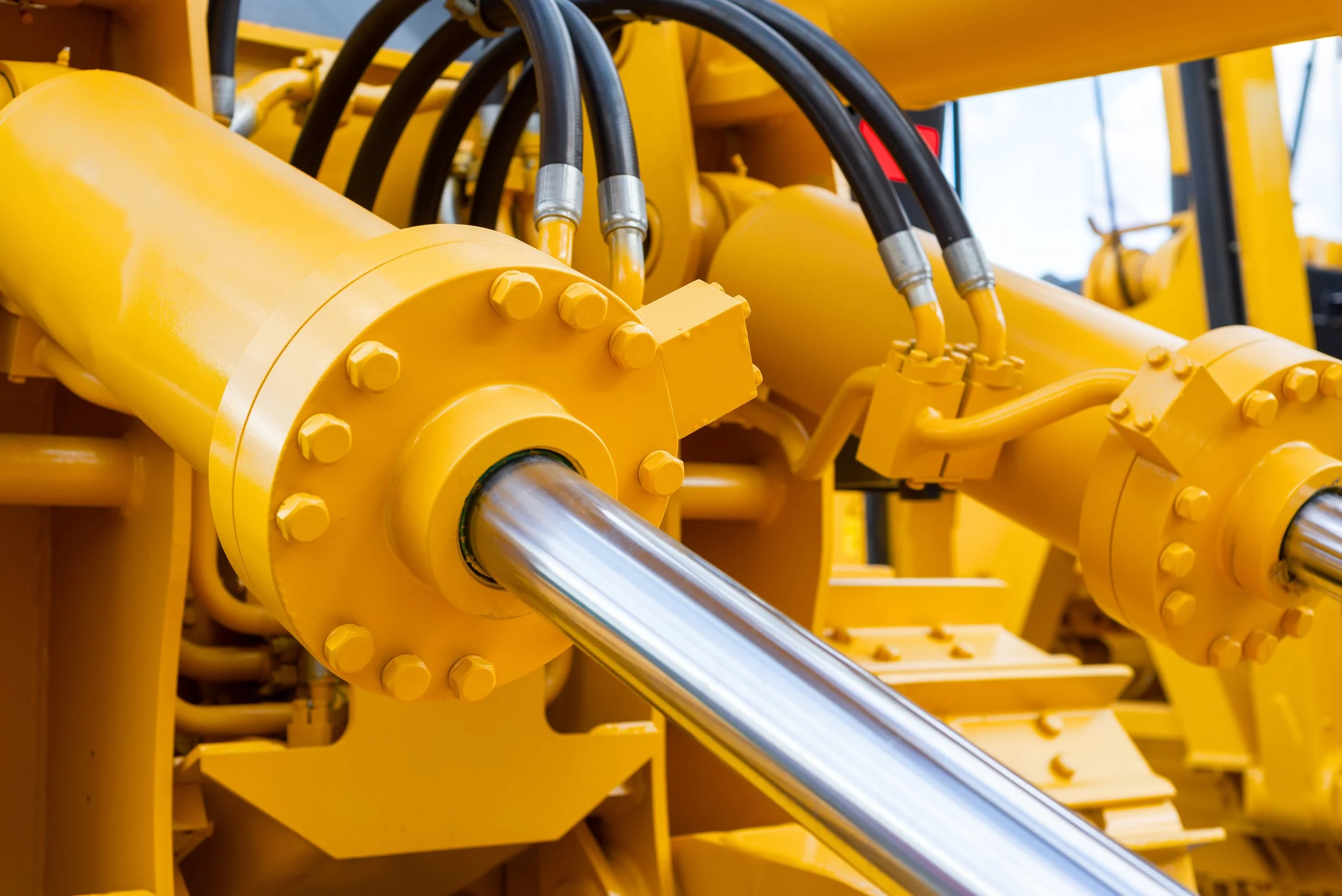In any application where moving heavy items is essential, industrial machinery and equipment will often use a hydraulic system to get the job done. These systems provide immense power by using extreme pressurized hydraulic oils in order to do work. To utilize this fluid power a central component of any hydraulic system are hydraulic hoses and their fittings. This article is intended to give a brief introduction to hydraulic hoses and their fittings and the diverse applications they could be used for.
What is a hydraulic system exactly?
Hydraulic Systems were first created in 1795 by Joseph Bramahs, who’s first hydraulic press helped pave the way for the Industrial Revolution. He created this machine off the principle that hydraulic fluids are nearly incompressible and can therefore transmit power instaneously. These systems typically consist of four main components working together:
Hydraulic Pump: Converts mechanical energy into hydraulic energy by pressurizing the hydraulic fluid.
Hydraulic Fluid: Typically oil-based, it transmits pressure and power within the system, lubricates moving parts, and dissipates heat.
Actuators: Convert hydraulic energy into mechanical energy to perform work, such as lifting, pushing, or rotating.
Control Valves: Regulate the flow and direction of hydraulic fluid, allowing for precise control of hydraulic actuators.
How are Hydraulic Hoses and Fittings used in hydraulic systems?
If the Hydaraulic pump is the heart of a hydraulic system it is the hydraulic hoses and fittings that act as the arterial system to serve as the vital conduits. They enable the flow of the hydraulic fluid from the pump to the actuators and then back to the reservoir that holds the fluid. Without the hoses to transport the hydraulic fluid there would be no way to provide the force to perform work. The hoses must be able to be flexible and durable to allow them to withstand the high pressure required, in addition to their fittings must ensure secure connections in order to avoid any leaking. It is important to select the correct hose and fitting for your application in order to meet the requirements of the pressures
What are some applications of hydraulic systems?
Construction: Powering heavy machinery such as excavators, loaders, and cranes.
Agriculture: Operating agricultural equipment such as tractors, combines, and harvesters.
Manufacturing: Controlling hydraulic systems in industrial machinery and automation equipment.
Transportation: Powering hydraulic brakes, steering systems, and suspension systems in vehicles and aircraft.
Marine: Operating hydraulic systems in boats, ships, and offshore drilling rigs.
If you work in an industry where you will interact with a hydraulic system then chances are you’ve also interacted with their hydraulic hoses and fittings. It is important to understand the basics of these systems so that you can continue to ensure safe and reliable use of your equipment.

